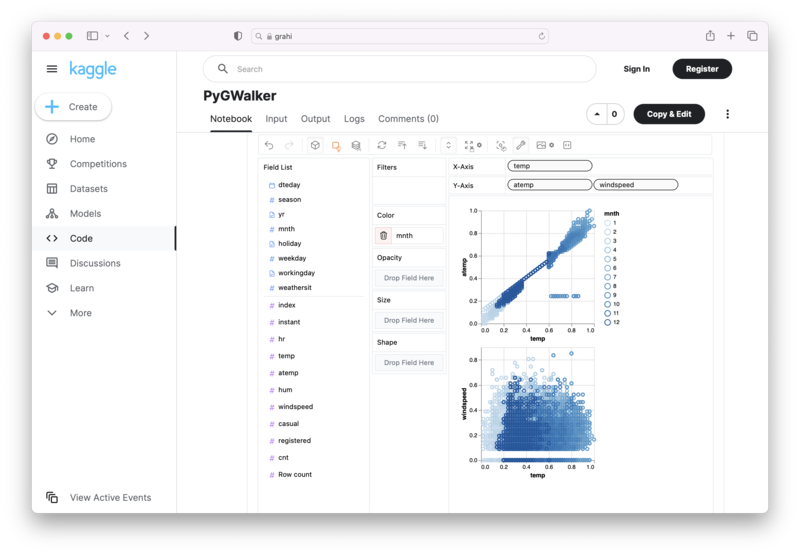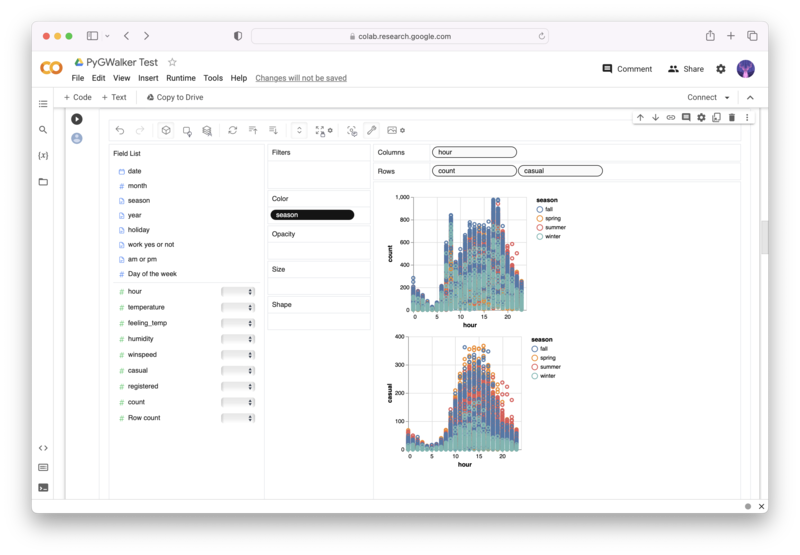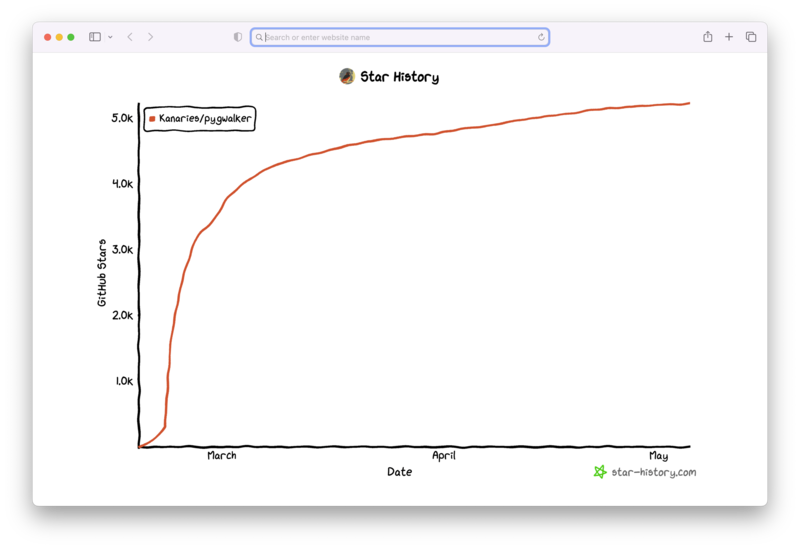Polars vs Pandas: Choosing Your Data Analysis Champion in 2023
Published on
The battle of the data handling giants, Polars vs Pandas, has become the talk of the town in the world of data analysis. With the release of Polars 0.17.0 and Pandas 2.0, both libraries are now locked in a showdown for supremacy. But which one deserves your go-to data processing library title? This article presents an exhaustive comparison of these powerful tools, investigating their syntax, speed, and usability to determine the victor.
Polars and Pandas: An Introduction
Ever spent countless hours waiting for your Pandas code to execute on large datasets? Enter Polars, a supercharged library offering significant speed benefits over its rival, Pandas. Polars shines in handling data frames, outpacing Pandas in efficiency and speed.
The recent releases, Polars 0.17.0 and Pandas 2.0, both boast substantial speed improvements. Pandas 2.0's new Apache Arrow support has indeed boosted performance, but basic operations still run faster on NumPy arrays. Polars 0.17.0, released just a week ago, has also received rave reviews for its speed enhancements[^1^].
Let's delve deeper and unpack the features that give Polars its edge:
-
Rust Support: Polars is built using Rust. Thanks to Rust's capability to compile directly into machine code, it bypasses the need for an interpreter, making it faster than Python.
-
Parallelization: Polars leverages multithreading, enabling parallel execution of vectorized operations on multiple CPU cores.
-
Python Interface: Despite its Rust foundations, Polars functions as a Python library, offering an accessible data processing interface while reaping Rust's performance benefits.
-
Lazy Evaluation: Polars supports both eager (used by Pandas) and lazy evaluation APIs. In lazy evaluation, a query is executed only when required, while eager evaluation triggers immediate execution.
In this detailed guide, we will:
- Compare the speed of Pandas 2.0 (with Numpy and PyArrow as a backend) and Polars 0.17.0.
- Illustrate how to transition from simple to complex Pandas code in Polars.
- Conduct a performance showdown between the two libraries using a machine with 4-CPU core processors and 32 GB RAM.
Setup & Dataset
Before we dive into the comparisons, ensure that the latest versions of Polars and Pandas are installed on your local machine. If not, use the pip command for installation:
pip install polars==0.17.0 # Latest Polars version
pip install pandas==2.0.0 # Latest Pandas versionOur comparison will be based on a synthetic dataset with 30 million rows and 15 columns, comprising 8 categorical and 7 numerical features. This artificial dataset can be accessed here (opens in a new tab).
Here's a glimpse of our dataset:
# Pandas
train_pd.head()
# Polars
train_pl.head()Loading the Libraries
First, we need to import the necessary libraries to load our data:
import pandas as pd
import polars as pl
import numpy as np
import timeReading the Dataset
Reading the Dataset: A Comparative Analysis of Pandas 2.0 vs Polars 0.17
When it comes to dealing with enormous datasets, your choice of data handling library can make all the difference. That's why we're conducting a deep dive into Pandas 2.0 and Polars 0.17, focusing on the reading capabilities of each.
We start by comparing the parquet file reading times of both libraries. Parquet, as a columnar storage file format, is optimized for use with big data processing frameworks. The ability to read these files quickly and efficiently is crucial when handling extensive datasets.
Our investigation indicated comparable performance between Polars and Pandas 2.0 when it came to reading parquet files. Nonetheless, it's important to note that Pandas, when utilizing the Numpy backend, took twice the time to accomplish this task compared to Polars.
Aggregation Operations: Polars vs. Pandas
Now, let's move on to the evaluation of aggregation functions. These operations are essential in data analysis, providing critical summary statistics for data review.
In terms of syntax and performance for simple queries, Pandas emerged as the superior option. However, the performance difference between the two libraries was minimal. Polars does offer a unique advantage in that it can work with a list of features that are to be aggregated using the same aggregation function, a capability not offered by Pandas for the scenario we evaluated.
Filtering and Selection Operations: Pandas and Polars Face Off
Filter and selection operations involve specifying a condition for the extraction of data from the database. Our tests involved counting unique values for categorical columns when a numerical column met a certain condition, and calculating the mean of all numerical columns when a categorical column was equal to a certain value.
In this head-to-head comparison, Polars outperformed Pandas in terms of execution speed for numerical filter operations by a factor of two to five times. However, it's worth noting that Pandas requires less code to be written, and the library performs somewhat slower when dealing with strings (categorical features).
Visualize Your Pandas and Polars Dataframe with PyGWalker
PyGWalker (opens in a new tab) is an Open Source python library that can help you create data visualization from your Pandas and Polars dataframe with ease.
No need to complete complicated processing with Python coding anymore, simply import your data, and drag and drop variables to create all kinds of data visualizations! Here's a quick demo video on the operation:
Here's how to use PyGWalker in your Jupyter Notebook:
pip install pygwalker
import pygwalker as pyg
gwalker = pyg.walk(df)Alternatively, you can try it out in Kaggle Notebook/Google Colab:
PyGWalker is built on the support of our Open Source community. Don't forget to check out PyGWalker GitHub (opens in a new tab) and give us a star!
FAQs about Pandas and Polars
Throughout this analysis, we've seen both Pandas and Polars exhibit their strengths and weaknesses. To help you better understand these two libraries, we've put together a few frequently asked questions:
-
Question: Why would someone choose Polars over Pandas? Answer: One might choose Polars over Pandas when dealing with large datasets due to its faster execution speed for many operations, particularly those involving numerical data. However, as Polars is a newer library, it may require a learning curve for those familiar with Pandas.
-
Question: Are there scenarios where Pandas is the better choice over Polars? Answer: Yes, for simple queries and when code brevity is a priority, Pandas may be the better choice. Additionally, Pandas is a mature library with robust community support, which can be beneficial when troubleshooting or seeking advice on complex data manipulation tasks.
-
Question: How do Pandas and Polars handle null values in grouping operations differently? Answer: During grouping operations, Pandas will automatically remove null values, whereas Polars will not. This could potentially impact the results of your analysis, so it's crucial to be aware of this difference when choosing a library.



